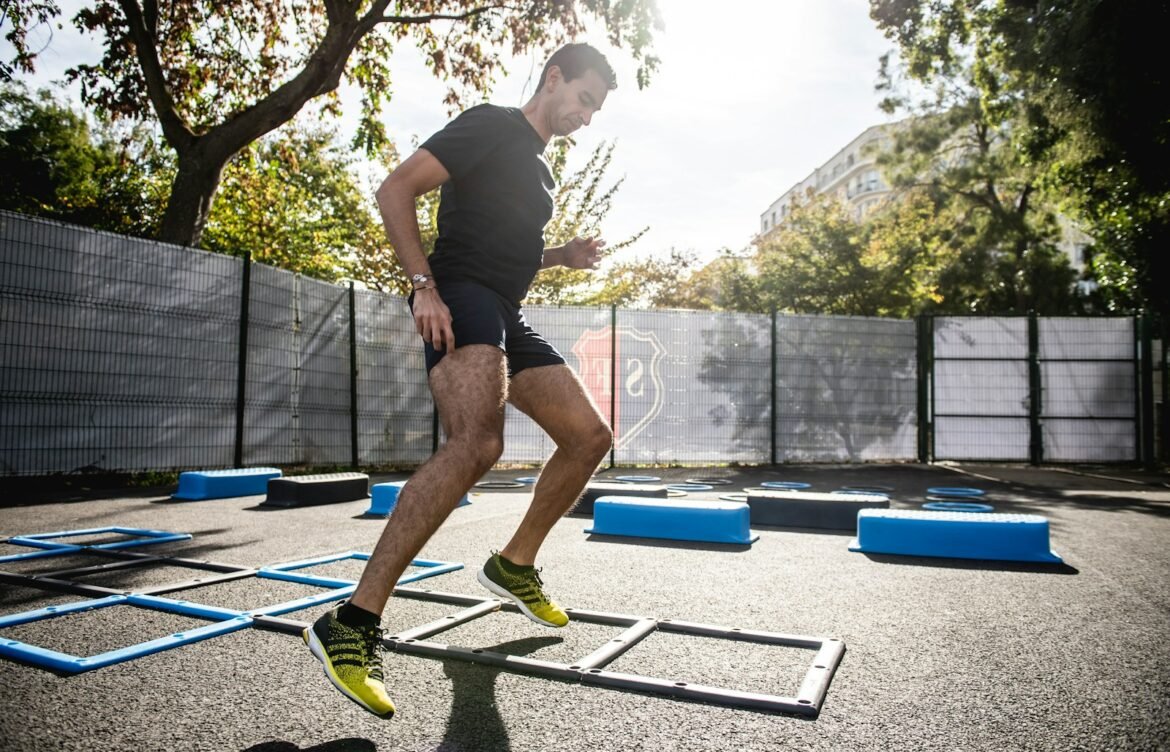
HIIT vs. Steady-State Cardio: Best for Weight Loss?
HIIT vs. Steady-State Cardio: Which is Better for Weight Loss?
If you’ve ever stepped into a gym or browsed fitness articles online, you’ve probably come across two popular workout styles: HIIT (High-Intensity Interval Training) and steady-state cardio. Both promise fat loss, better endurance, and improved health but which one actually works best for weight loss?
The truth is, both have their pros and cons. Your choice depends on your fitness level, goals, and even how much time you have. Let’s break it down so you can decide which one fits your lifestyle.
What is HIIT?
HIIT involves short bursts of intense exercise followed by brief rest periods. Think sprinting for 30 seconds, then walking for 30 seconds repeat for 10-20 minutes. It’s tough, but it gets your heart pumping fast and burns calories quickly.
Benefits of HIIT for Weight Loss
- Burns more calories in less time: A 20-minute HIIT session can torch as many calories as a 40-minute jog.
- Boosts metabolism: The “afterburn effect” (EPOC) keeps your body burning calories even after you finish.
- Preserves muscle: Unlike long cardio sessions, HIIT helps maintain muscle while shedding fat.
But here’s the catch HIIT is intense. If you’re new to fitness or have joint issues, jumping straight into HIIT might lead to burnout or injury.
What is Steady-State Cardio?
Steady-state cardio is exactly what it sounds like: maintaining a consistent, moderate pace for a longer duration. Examples include jogging, cycling, or swimming at a steady speed for 30-60 minutes.
Benefits of Steady-State Cardio for Weight Loss
- Easier to sustain: Great for beginners or those who prefer low-impact workouts.
- Improves endurance: Helps build stamina over time.
- Lower risk of injury: Less strain on joints compared to HIIT.
The downside? It takes longer to burn the same number of calories as HIIT. Plus, your body adapts over time, meaning you might hit a weight loss plateau if you don’t mix things up.
Which One Burns More Fat?
This is where things get interesting.
HIIT wins in terms of efficiency. Studies show it burns more calories in a shorter time and keeps your metabolism elevated for hours afterward. However, because it’s so demanding, doing it every day can lead to overtraining.
Steady-state cardio may burn fewer calories during the workout, but it’s sustainable for long-term fat loss. If you enjoy long walks or bike rides, you’re more likely to stick with it and consistency is key for weight loss.
The Best Approach? A Mix of Both
Why choose one when you can benefit from both? Here’s how to combine them:
- 2-3 HIIT sessions per week for quick calorie burns.
- 2-3 steady-state sessions for active recovery and endurance.
This balance keeps your workouts exciting while maximizing fat loss.
Which One Should YOU Choose?
Ask yourself:
- Do you have limited time? → Try HIIT.
- Do you prefer low-impact workouts? → Go for steady-state.
- Are you training for endurance? → Steady-state is your friend.
- Want fast results without long workouts? → HIIT is the answer.
Real-Life Example
I used to hate cardio until I discovered HIIT. A 15-minute session left me drenched, and I saw results fast. But on days I felt sore, a 30-minute walk kept me active without overdoing it. The combo worked wonders!
Final Verdict
There’s no one-size-fits-all answer. HIIT is great for quick fat loss, while steady-state cardio is better for long-term consistency. The best workout is the one you’ll actually do.
So, which one will you try first?
